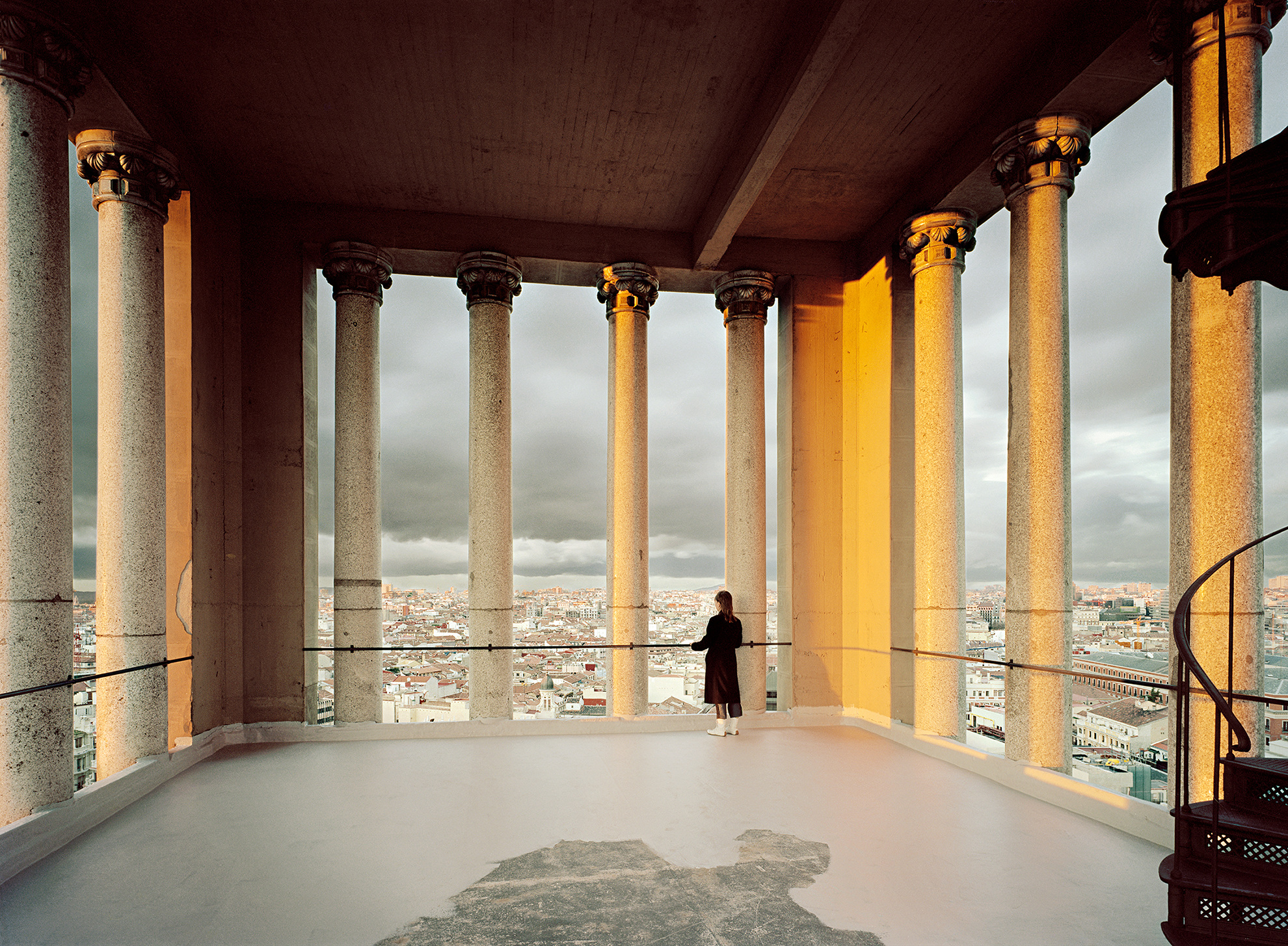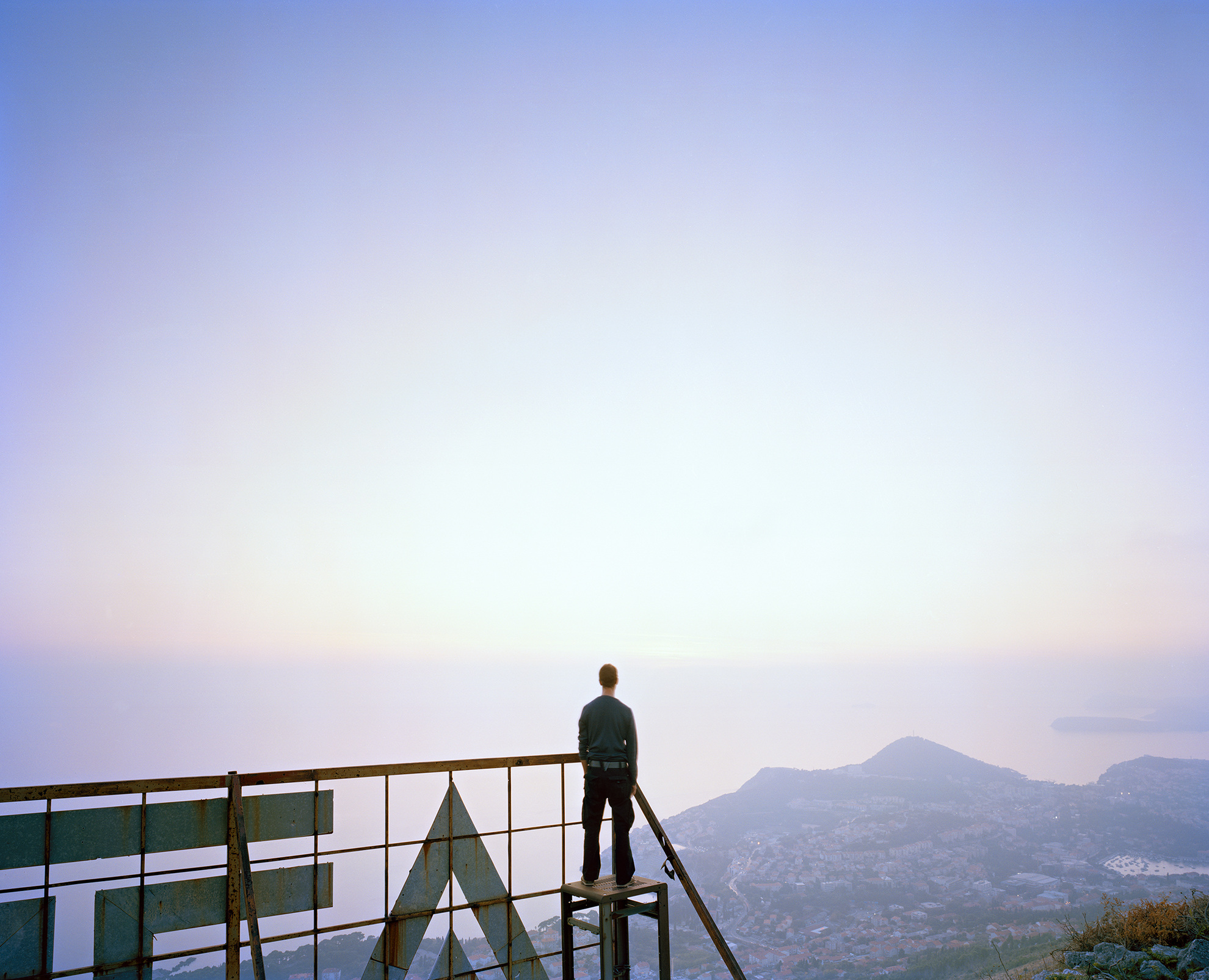Landscapes and Contemplations
2004—










Taking up the tradition of romantic landscape painting, Kalle Kataila thematizes man, quiescent and motionless, tarrying before nature ́s grandiose scenery. In more recent works, Kataila not only finds his atmospheric landscapes at spectacular or exotic sites, but also in urban localities. Yet Kataila always shows a man in lonely places, under a broad stretch of sky and a low-lying horizon. The artist, from an elevated standpoint and from a certain distance, observes his back-view figures as they are caught up in nature ́s spectacle. In contrast to the German romantic painter, Caspar David Friedrich, the head of the figure hardly even once rises above the horizon line. Whereas Friedrich submerges his characters mentally in an imaginative heavenly sphere, Kataila ́s figure is fully rooted to the earth. As in romantic painting, the landscape could very well serve as a mirror of one ́s state of mind. Meanwhile, the pictures inquire into present-day nature religion and ask why man seeks out exalted vantage points, why faraway natural wonders?
Ever since Romanticism, the prerequisite for an enthusiastic delight in nature has been a mastery of, and control over, nature through civilization, a phenomenon at first viewed positively. But more recent photography especially
—starting with American “New Topographics”—has condemned humanity ́s way of dealing with nature as being mere consumerism and has, above all, shown the wounds that man has inflicted on nature. However, different from this movement that has molded landscape photography since the 1970s, Kataila does not stylize man openly as an antagonist hostile to nature. More exactly, his figures have a touch of the vulnerable, the solitary and the deeply melancholy about them.
Katrin Hiller von Gaertringen